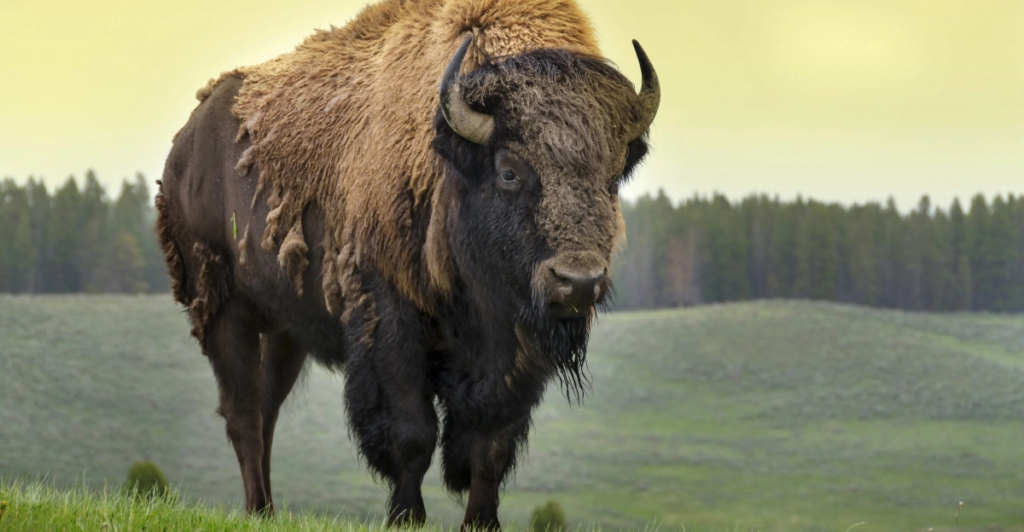
The United States has a remarkable diversity of wildlife, including species that exist nowhere else on the planet. Many of these animals have adapted to thrive in unique environments, such as underground caves and tropical islands, and are crucial to the health of their ecosystems. Yet many are threatened by habitat loss, climate change, and human activity, making conservation efforts critical to ensure they continue to thrive. This list features 10 remarkable animals that are endemic to the U.S., showcasing their fascinating adaptations, ecological importance, and the challenges they endure. These stories are a testament to nature’s resilience and the urgent need to protect biodiversity for future generations.
1. The California Condor
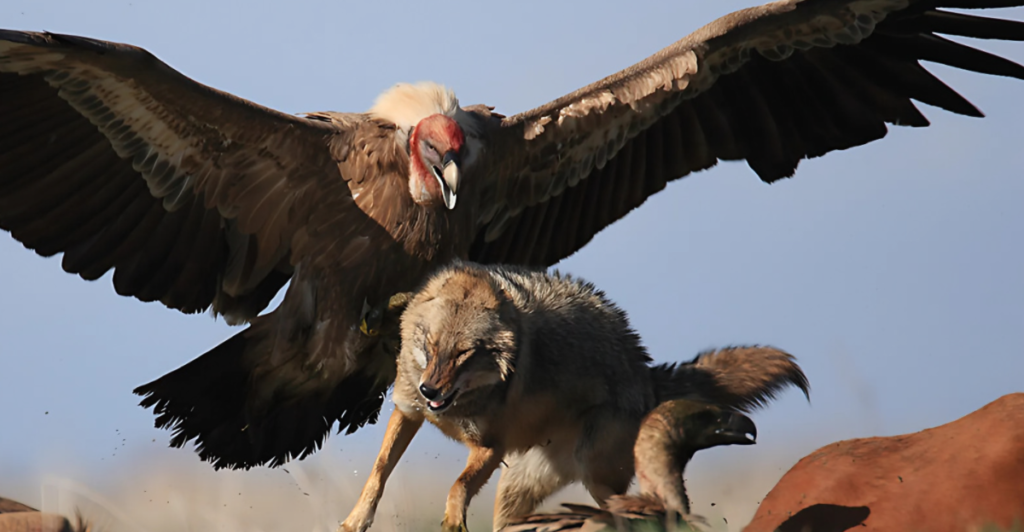
Once a ubiquitous presence across the continent, the California Condor is the largest land bird in North America, with a wingspan that can reach 9.5 feet. By 1987, it had become extinct in the wild, its numbers decimated by habitat loss and lead poisoning.
A revolutionary captive breeding program has since restored its population to more than 560 individuals in California, Arizona, Utah and Baja California. These scavengers play a vital ecological role by eating carrion and preventing the spread of disease.
Although their numbers have recovered, condors are still a critically endangered species due to threats such as microtrash ingestion and lead ammunition. Their story represents the importance of conservation and the delicate balance of their ecosystems.
2. Key Deer
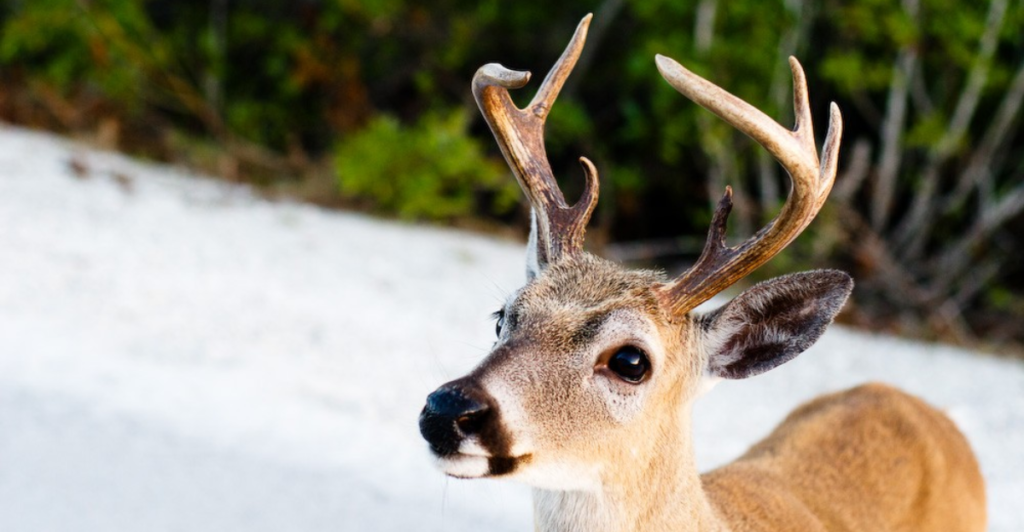
The Key Deer is a small subspecies of White-tailed Deer found exclusively in Florida’s Lower Keys. Standing at just 30 inches, these deer have adapted well to life on the island but are threatened by habitat destruction and vehicle collisions.
With fewer than 1,000 individuals left, conservation efforts have aimed to restore habitat and build wildlife crossings to reduce road mortality. As a symbol of Florida’s unique biodiversity, the Key Deer underscores the necessity of safeguarding delicate habitats from extensive urbanization.
3. Red Wolf
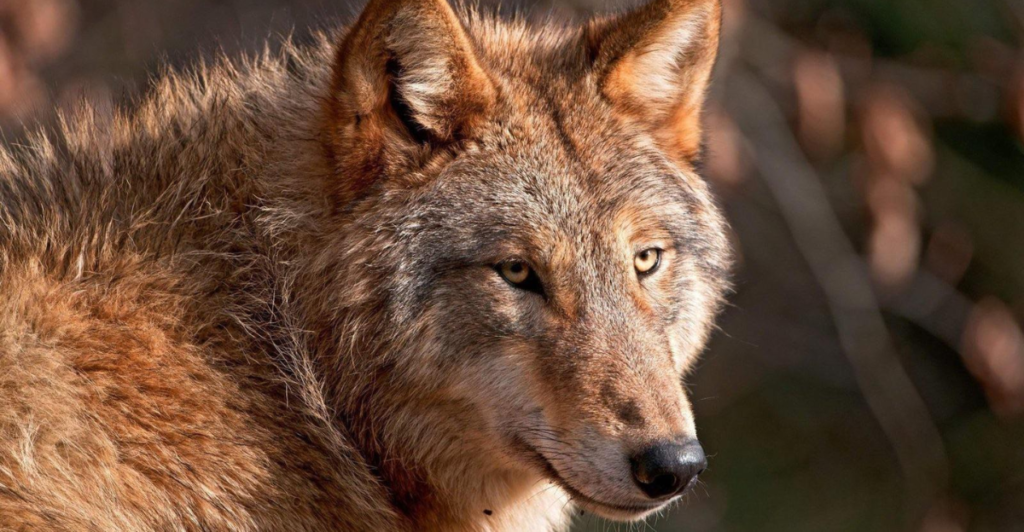
The Red Wolf is one of the most endangered canids in the world. Its wild population now numbering fewer than 20. Once found across much of the southeastern U.S., it now lives only in North Carolina’s Alligator River National Wildlife Refuge. Its range has been shrunk by habitat loss and hybridization with coyotes.
Conservation initiatives work to restore this apex predator to protected areas while also addressing genetic issues. The Red Wolf’s survival emphasizes the need to conserve predators for the balance of ecosystems and biological health.
4. Gila Monster
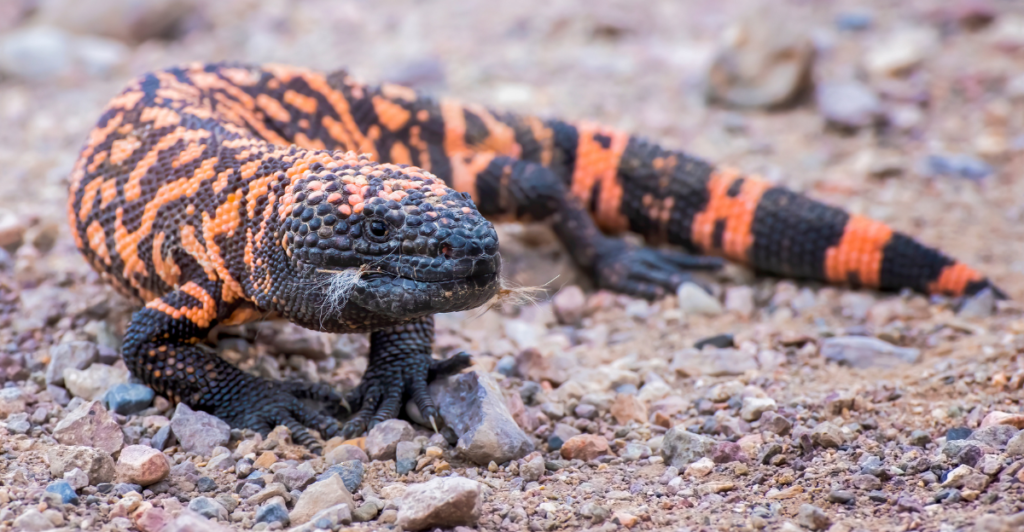
The Gila Monster is one of only two venomous lizards in North America, and it lives in the deserts of Arizona and Nevada. Recognizable by its eye-catching orange-and-black markings, it spends most of its life underground to avoid the torturous heat.
Its venom has been researched for potential medical uses, including diabetes treatments. Despite its fearsome reputation, this slow-moving reptile plays an important role in keeping insect populations in check. Threatened by habitat destruction and illegal collection, this distinctive species needs conservation efforts to ensure its future survival.
5. The American Bison
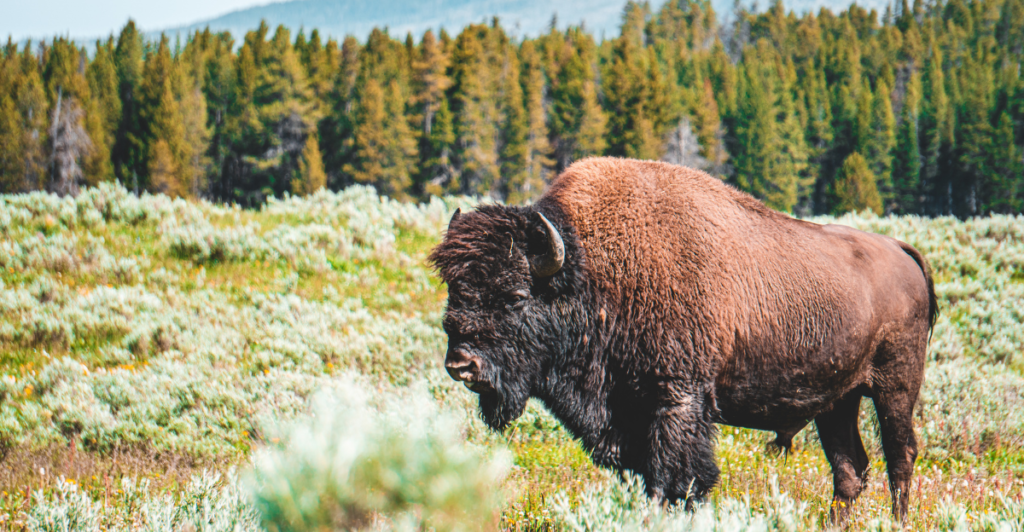
The American Bison is an iconic mammal that once roamed across vast stretches of North America and came close to extinction in the late 1800s due to overhunting and loss of habitat.
Today, about 11,000 bison roam DOI-managed lands in conservation herds across 12 states — a fraction of their historical range but a considerable recovery effort nonetheless. Bison are keystone species, influencing grassland ecosystems with grazing patterns that enhance biodiversity.
Collaborative efforts among federal agencies, Native American tribes, zoos, and NGOs work to preserve genetic diversity while restoring free-ranging herds. Their resurgence symbolizes ecological restoration efforts tied deeply to cultural heritage.
6. Texas Blind Salamander
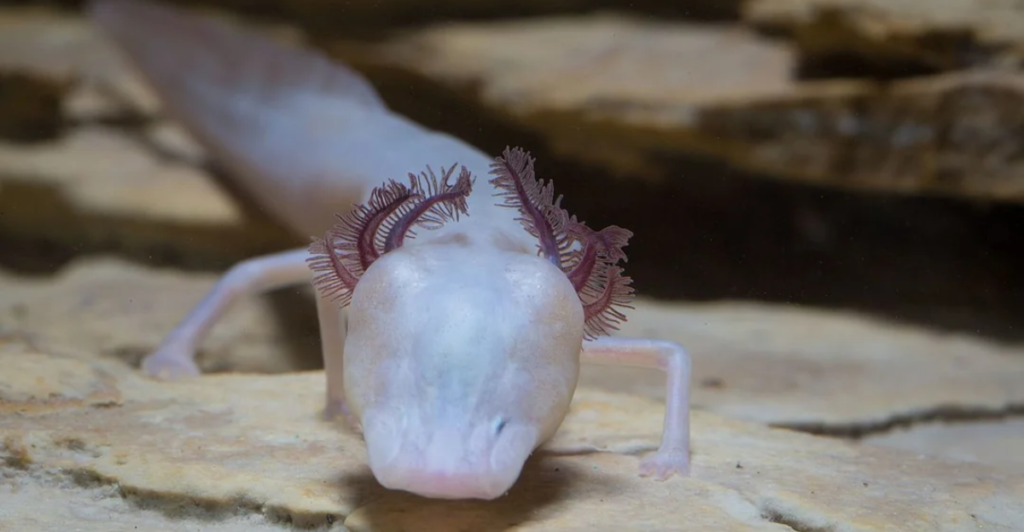
The Texas Blind Salamander lives exclusively in the underground waters of Texas’ Edwards Plateau. Adapted to complete darkness, it has translucent skin and a vestigial pair of eyes and relies on pristine groundwater for survival.
Feeding on aquatic invertebrates, this amphibian highlights the fragility of subterranean ecosystems and underscores the importance of safeguarding groundwater resources from pollution or overuse.
7. Pronghorn
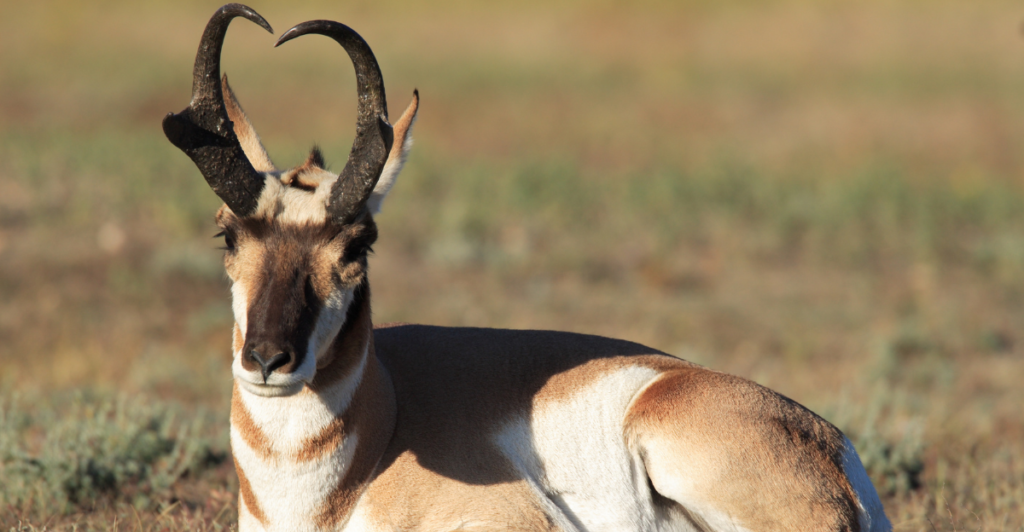
The Pronghorn is a species of deer that is often mistaken for an antelope, but it is unique to North America and is the continent’s fastest land mammal, capable of reaching speeds of up to 60 miles per hour.
Native to the open plains from Wyoming to Mexico, their speed evolved as an adaptation to avoid predation by ancient American cheetahs. Overhunting and habitat fragmentation drove this species to near extinction, but conservation efforts have restored their population. Pronghorns symbolize the untamed spirit of America’s vast landscapes.
8. Olympic Marmot
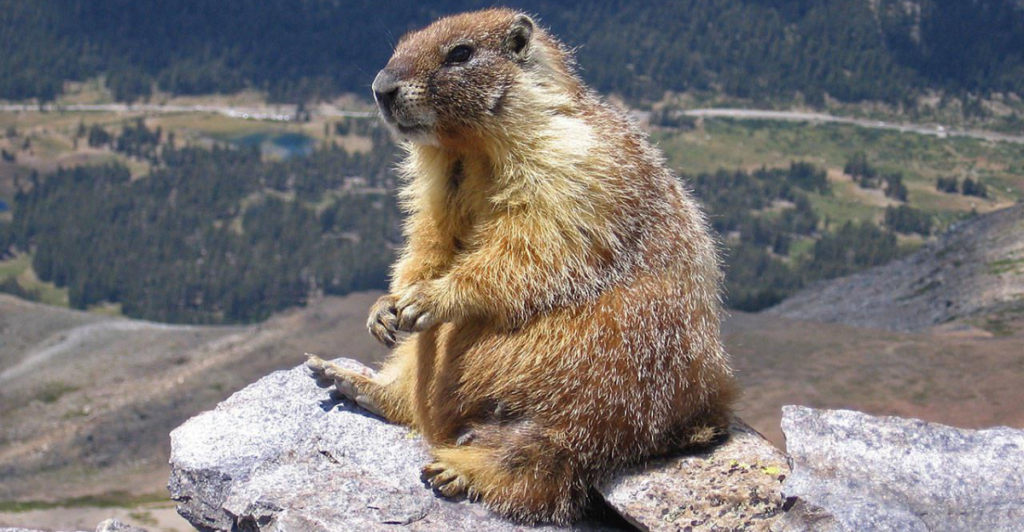
Native to Washington State’s Olympic Mountains, Olympic Marmots thrive in the alpine meadows at high elevations, where they hibernate for up to eight months a year.
This rodent is notable for being social and communicating in colonies with unique whistles, they are adapted to survive harsh winters, utilizing their thick fur coats and chubby bodies to store fat. They embody Washington’s natural heritage while highlighting the importance of preserving high-altitude ecosystems.
9. American Alligator
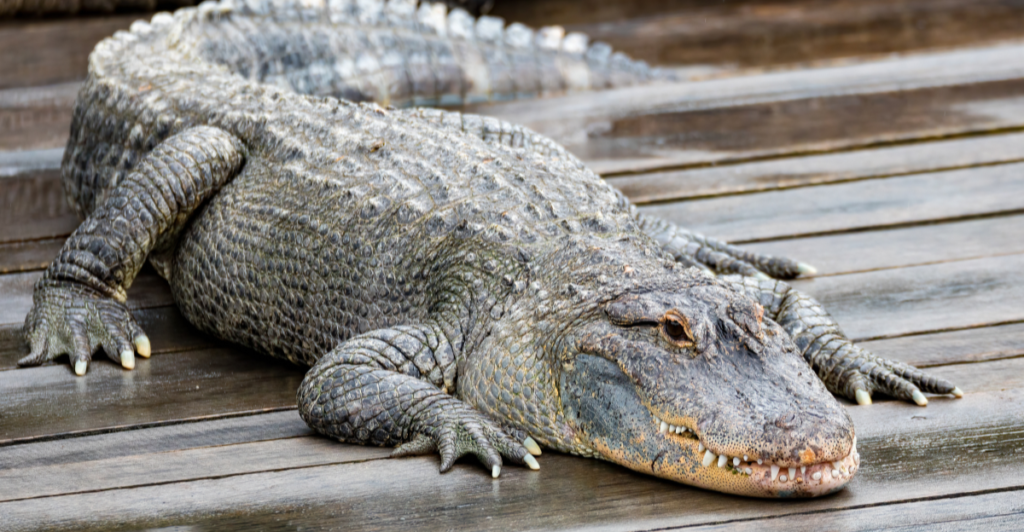
The American Alligator, an iconic reptile that can reach 15 feet long and weigh over 500 pounds, is native to freshwater wetlands throughout the southeastern U.S.
Hunting and habitat loss once threatened the species, but conservation efforts lifted it from the Endangered Species List by 1987, and more than a million are living in the wild today.
As apex predators, alligators help maintain the populations of other species in their habitat. They also create “gator holes” that retain water during dry seasons, providing refuge for fish and other aquatic organisms. Their recovery demonstrates effective wildlife management strategies that can restore health to entire ecosystems.
10. Florida Panther
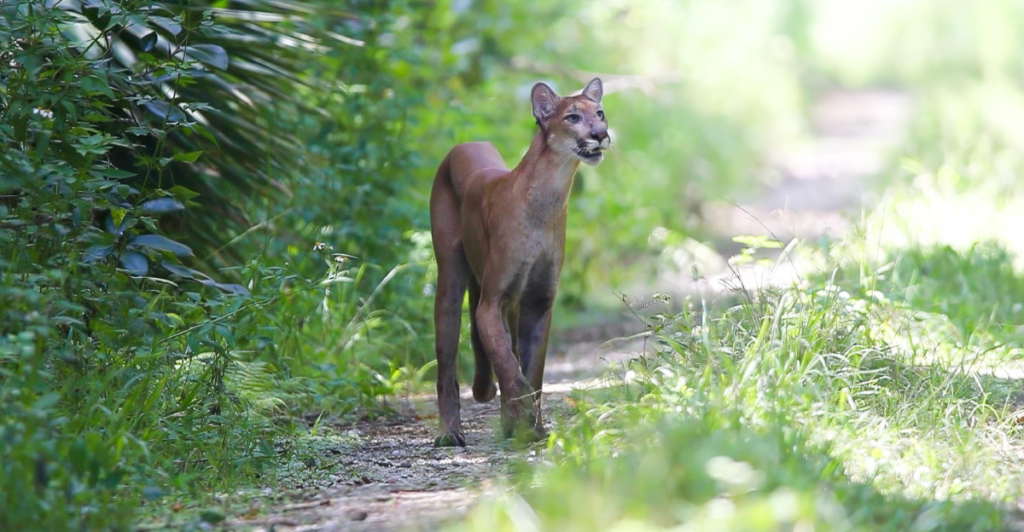
The Florida Panther is a critically endangered subspecies of cougar, found mainly in the swamps and forests of southern Florida. Fewer than 120 of these solitary felines remain in the wild, and they are under threat from habitat fragmentation and vehicle collisions.
Genetic diversity initiatives and habitat protection are central to conservation programs. Protecting this predator, a symbol of wild Florida’s resilience highlights broader initiatives required to maintain biodiversity amidst increasing human encroachment.
Explore more of our trending stories and hit Follow to keep them coming to your feed!

Don’t miss out on more stories like this! Hit the Follow button at the top of this article to stay updated with the latest news. Share your thoughts in the comments—we’d love to hear from you!







